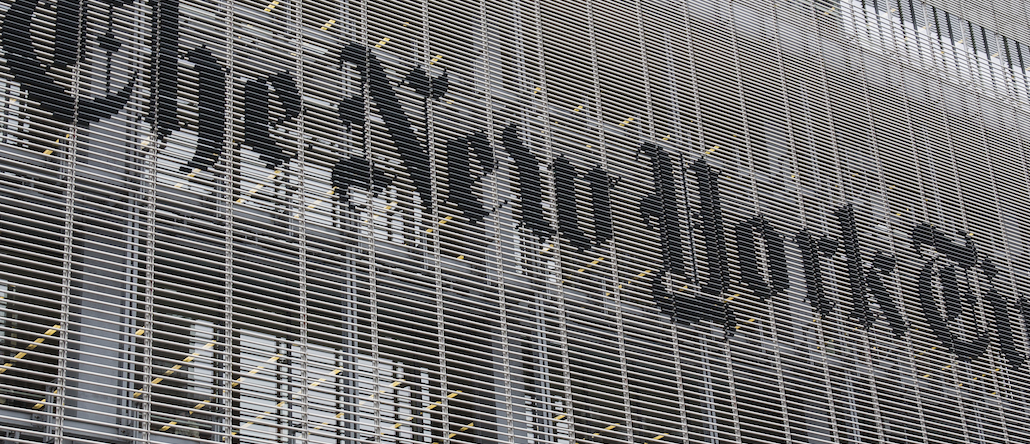The New York Times gets into augmented reality with a new app

Publishers have been jumping on the virtual reality and 360-video bandwagon, but have been slower to harness its cousin, augmented reality.
That’s starting to change now, with The New York Times’ branded content arm, T Brand Studio, creating a project with IBM called “Outthink Hidden,” inspired by “Hidden Figures,” the Fox movie about African-American women working at NASA in the 1960s. The project launches inside the Times’ new app today, T Brand Studio AR, which is free on iTunes and Google Play.
The Times has been interested in AR for a while, but like a lot of emerging technologies, it requires expertise and is expensive. The Times had to wait until it acquired the agency Fake Love, which gave it the technical know-how, and the funding, which IBM brought.
For IBM, said Ann Rubin, vp of branded content and global creative, the project was a way to associate itself with the values of diversity and inclusion.
“VR is really amazing for immersing yourself in a piece of content, a story, a narrative,” said Josh Horowitz, one of the founders of Fake Love. “AR is interesting in that we’re still taking information that’s outside our environment and we’re applying it contextually to where we are in real time. It allows us to actually take information and apply it to decisions we’re making.”
The concept will be familiar to fans of Pokémon Go, the AR game that caught on last summer by encouraging people to roam around and “catch” Pokémon characters with their phones. The idea is to make a smartphone into a virtual museum to learn about lesser-known people in the STEM fields using 3D images, video, audio and text that’s activated by sensors.

Sebastian Tomich, svp of advertising and innovation for the Times, said that whereas VR requires the user to wear a headset and involves the virtual world, AR is appealing because of its real-world applications. He didn’t give specifics, but said it’s likely the Times will pursue more ad-supported AR projects around real estate or cultural events that have a physical presence.
But time will tell if the Times will get the ad support it needs to fulfill its AR ambitions. While AR has a lot of applications for editorial content and marketers, like VR, it’s expensive and hasn’t been widely adopted enough yet to convince brands to put money into it, said Dave Meeker, a vp at digital marketing agency Isobar, where he advises clients on emerging technologies.
“There’s not enough hardware in the consumer marketplace, not enough content,” Meeker said. “I need content to drive people to the hardware. I need hardware for brands. You need people to download the app.”
Parham Aarabi, CEO of ModiFace, a tech company that has created AR experiences for dozens of consumer products brands, said he’s working with publishers to avoid that friction by embedding AR experiences in websites or messaging apps. “There has to be limited friction. It has to be very easy to use,” he said.
More in Media

Media Briefing: The top trends in the media industry for 2025
This week’s Media Briefing takes a look at the top trends from 2025, from digital advertising revenue performance to AI licensing deals.

Digiday Scorecard: Publishers rate Big Tech’s AI licensing deals
Digiday has compiled a scorecard grading AI platforms to make sense of the growing number of players in the AI content licensing market.

Publishers are hunting for AI prompt data — now they’re starting to get it from third-party companies
Publishers are finally gaining some visibility into AI search, as new prompt data tools crack open a black box.








